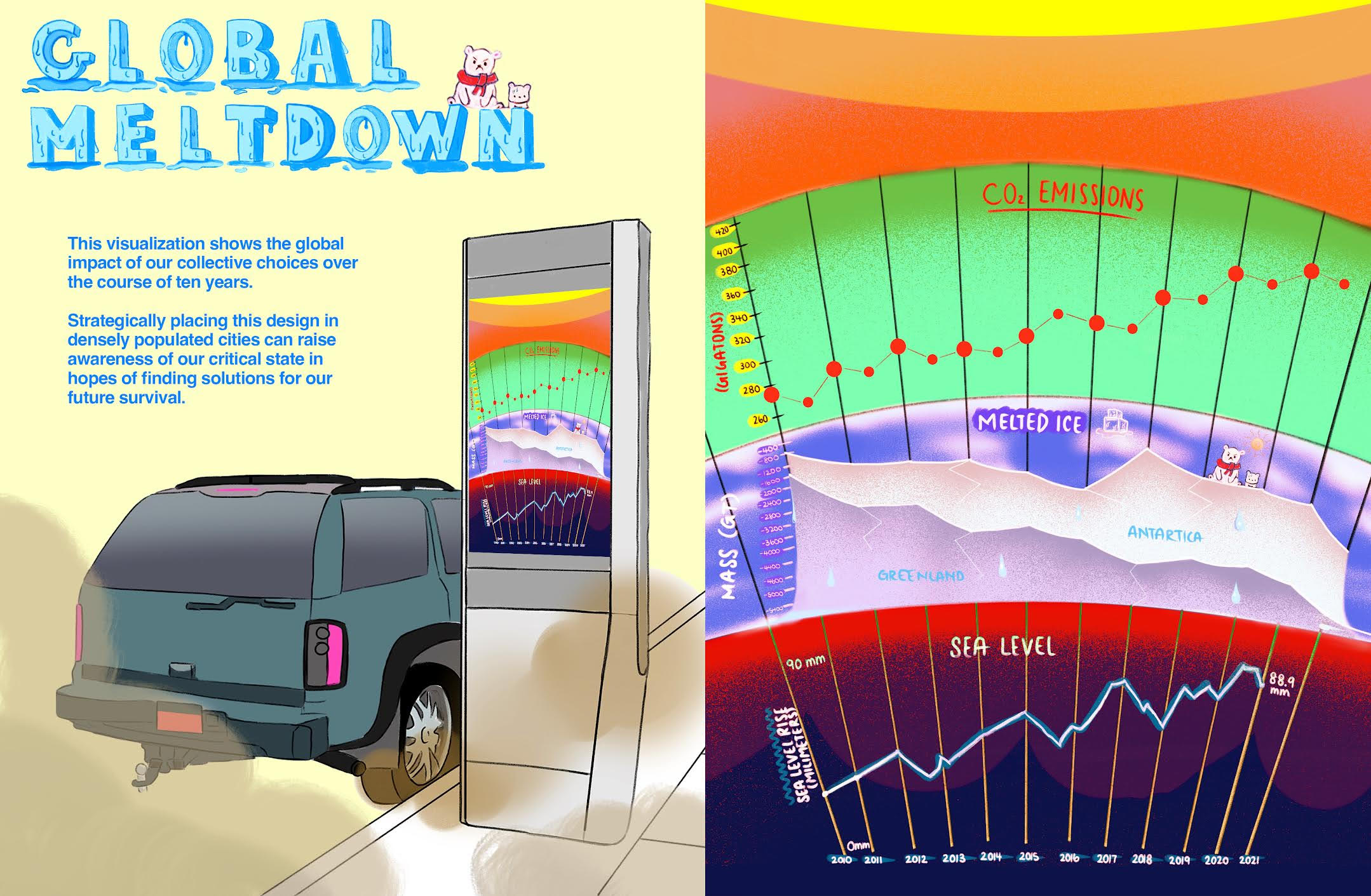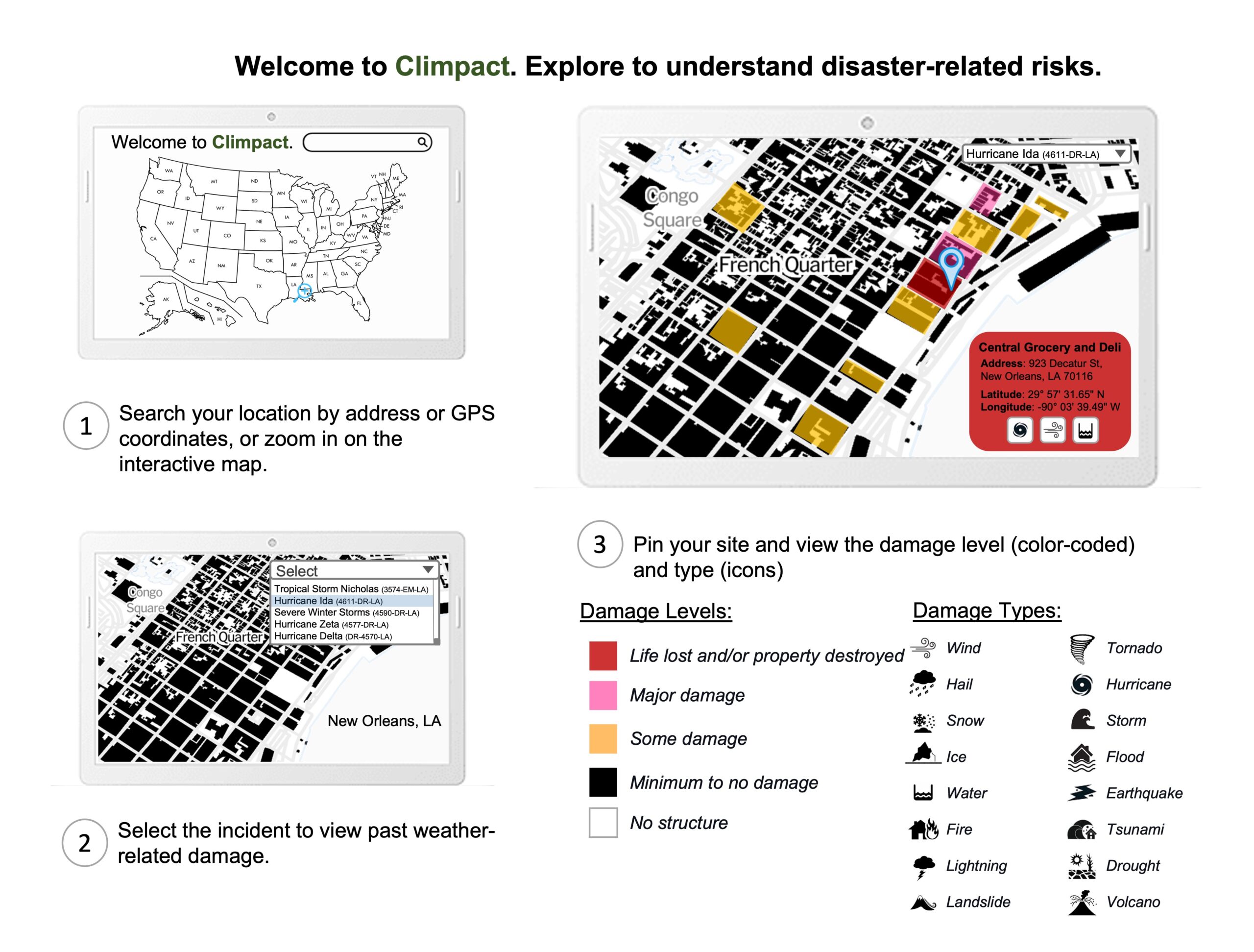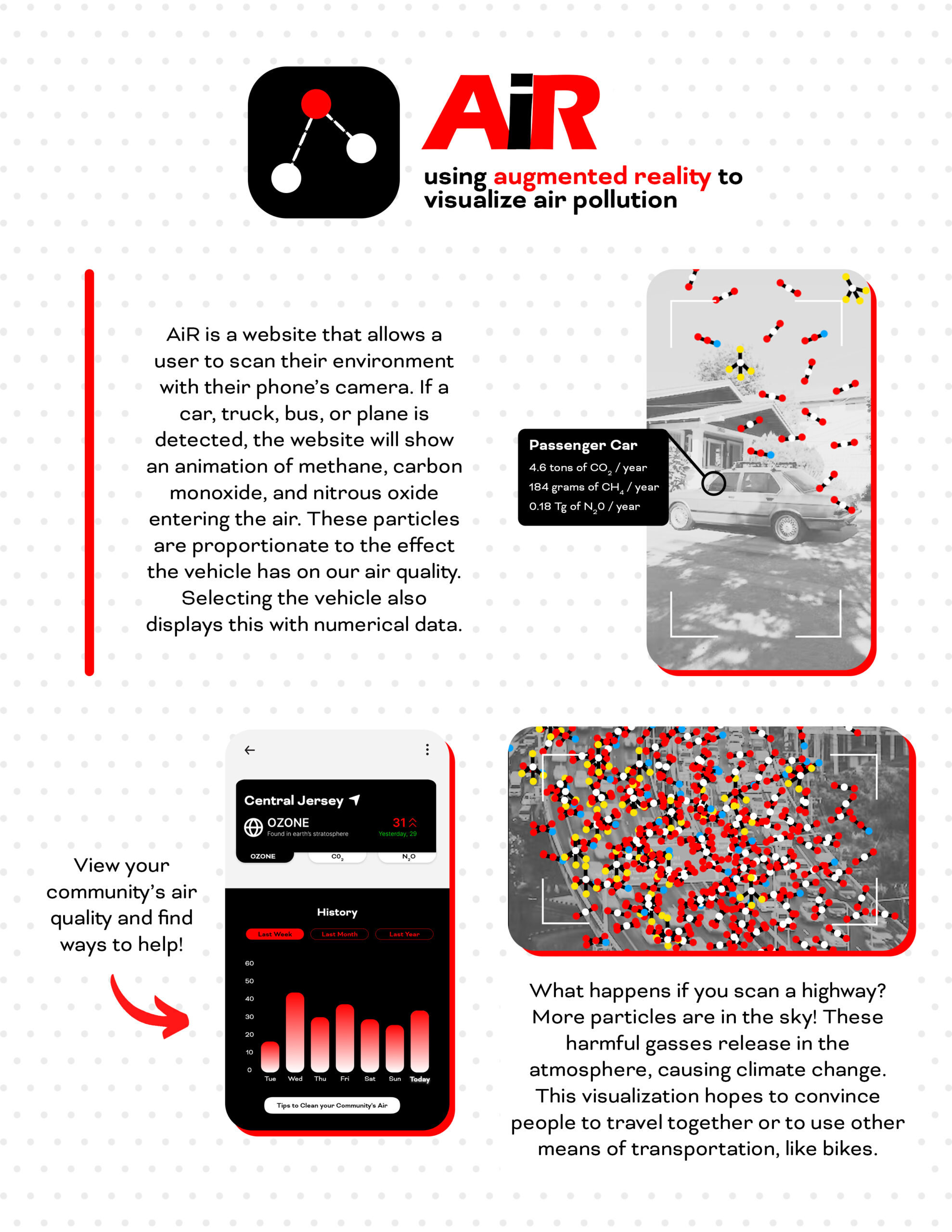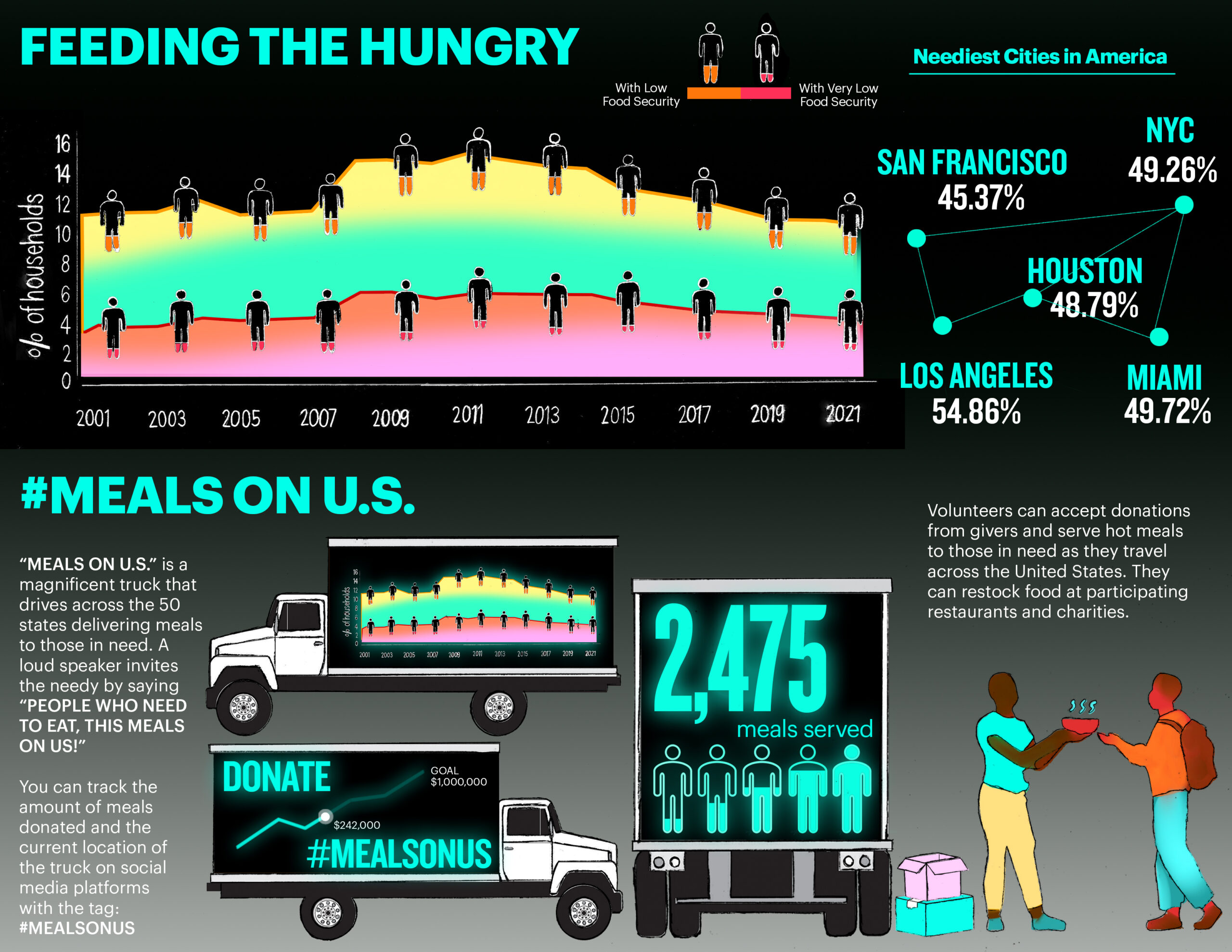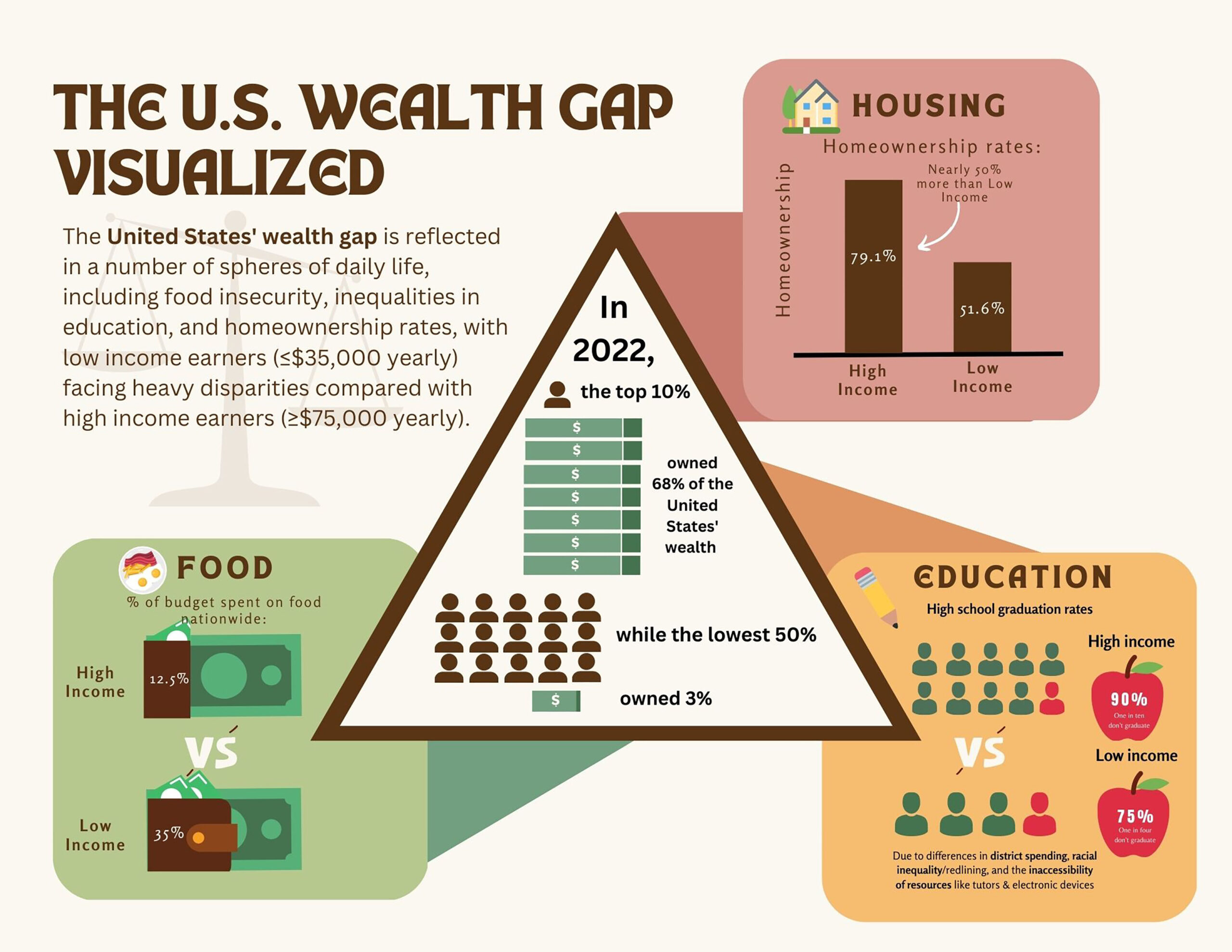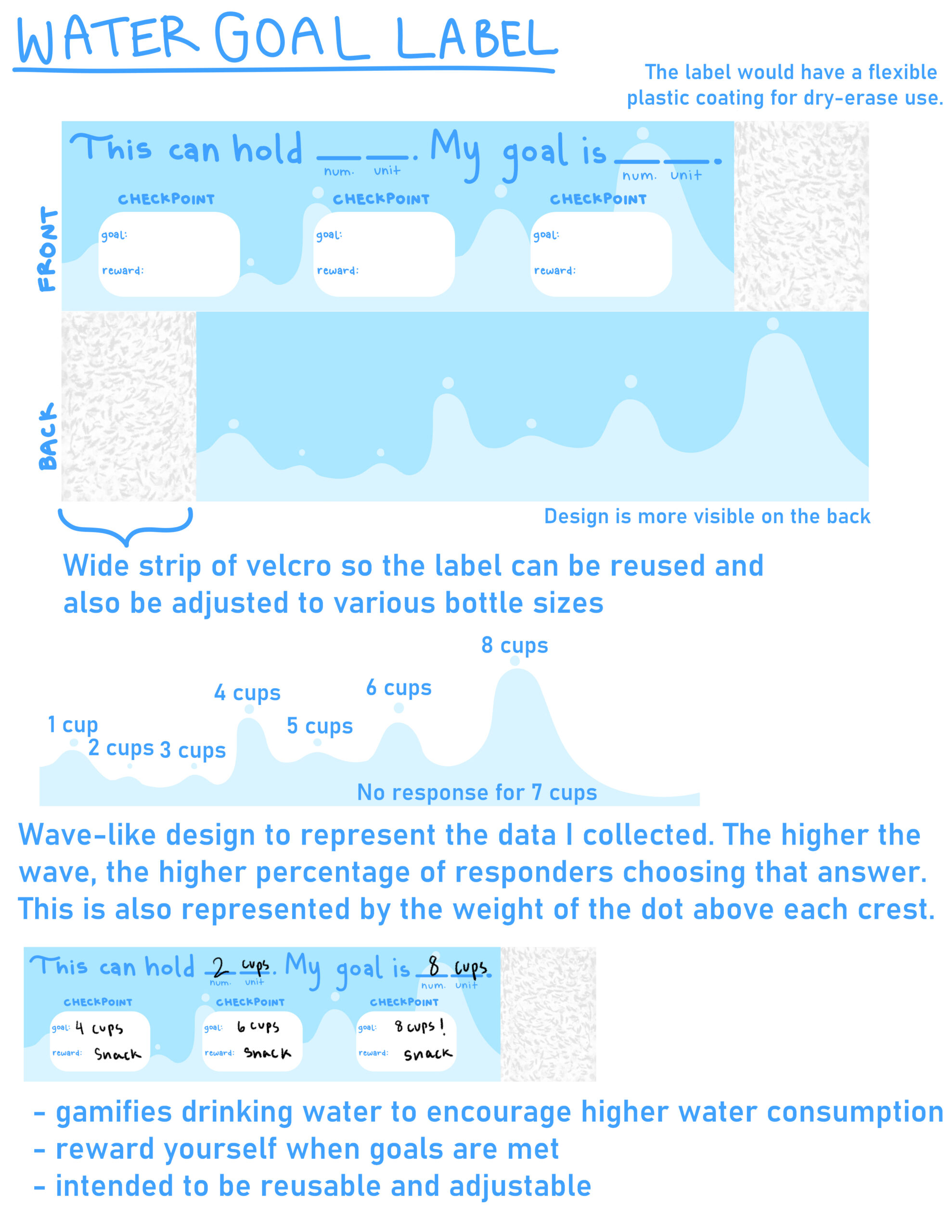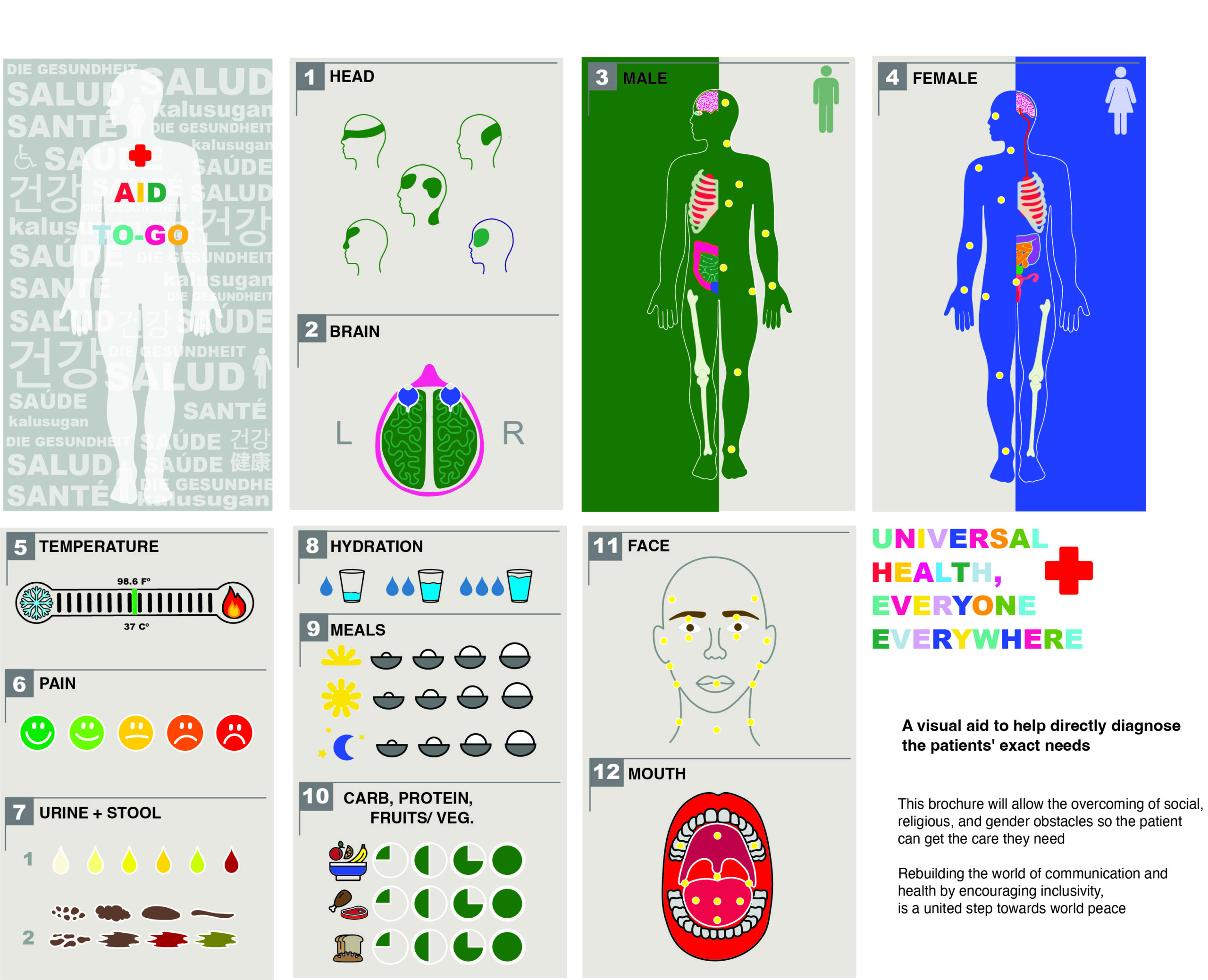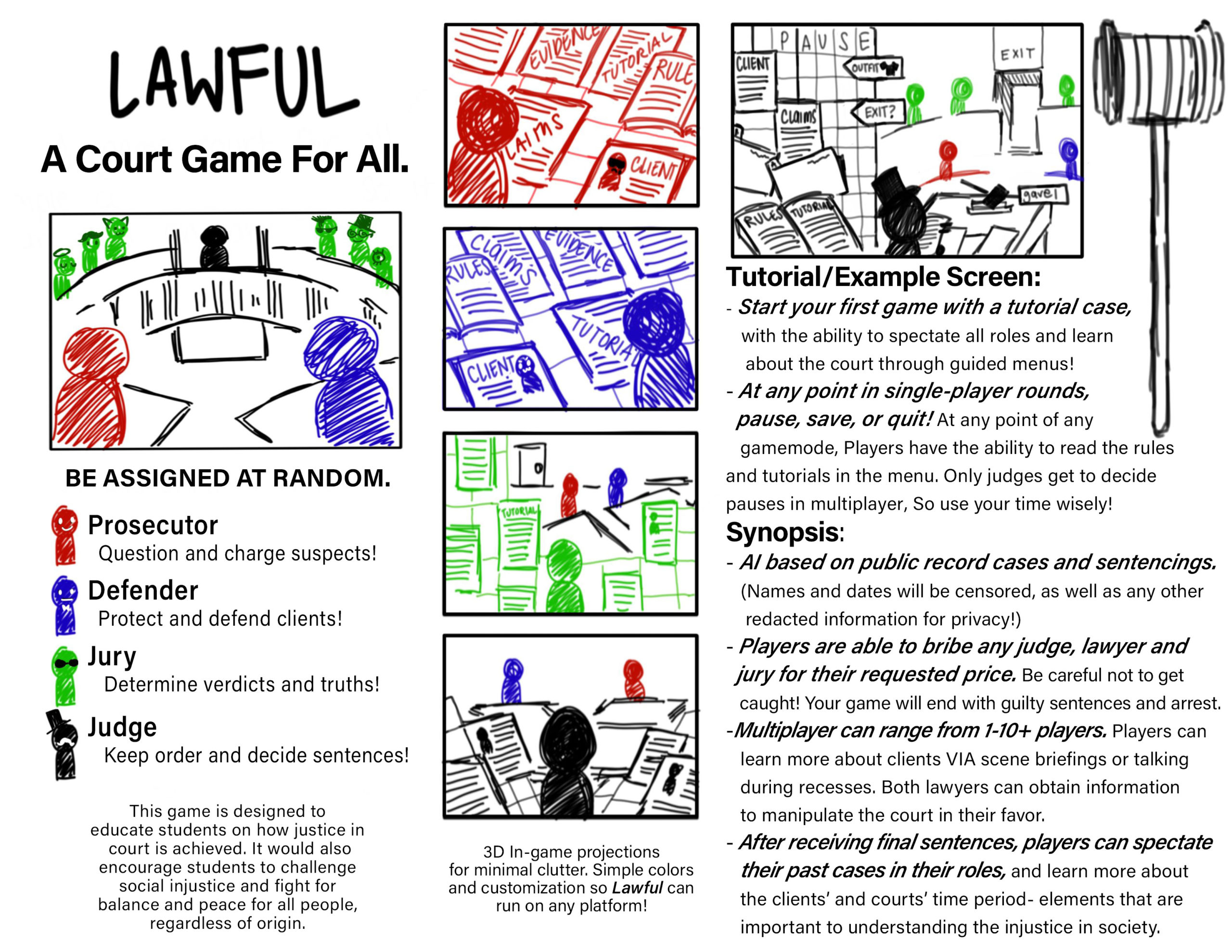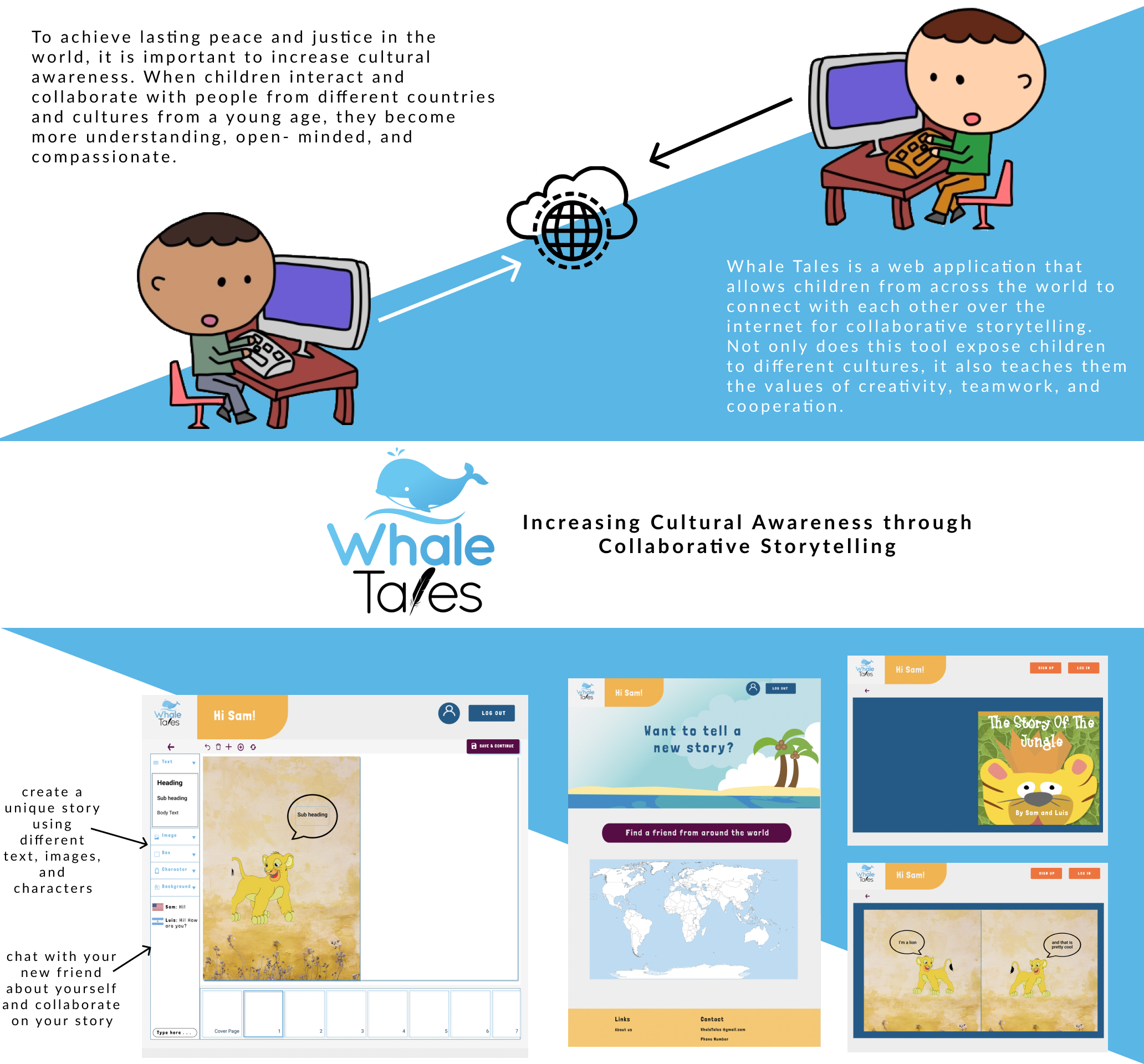Jaime Lai, grade 11 Dwight-Englewood School, Englewood, NJ My data visualization shows the amount of CO2 emissions, glacier mass loss, and sea level changes over the past ten years. This shows the severity of climate change which affects so many forms of wildlife and our human population. My visualization can help raise urgency in reversing...
Miller Roberts, grade 10 Westlake High School, Austin, TX Climpact is an interactive mapping system that allows users to view locations and determine the impact of damage from past major weather-related disasters. I used data from open building footprints datasets in the United States. I looked at FEMA for data on natural disasters from 1953...
Eiliyah Sarowar, grade 11 Bergen County Academies, Hackensack, NJ AiR presents data on vehicle emissions and their impact on the environment and climate change. My design calls attention to the harmful particles that enter our air. It aims to educate people on the negative effects common vehicles have on our planet. This is a problem...
Robin Suh, grade 9 Tenafly High School, Tenafly, NJ My data shows the percentage of households with low food security in the United States. This can help us understand the needs of others and provide a way to donate through a trackable food truck. I want to impact donors and recipients by providing awareness and...
Emma Wong, grade 10, and Alice Zhou, grade 10 Miramonte High School, Orinda, CA We visualized the large wealth gap in the United States. We compared low- and high-income populations’ food budgets, graduation rates, and homeownership. These elements of daily life are often taken for granted. We gathered our data from the National Center for...
Katie Yang, grade 12 Paul Laurence Dunbar High School, Lexington, KY I am presenting data on the amount of water that teenagers in my community drink daily, from one to eight cups. The majority (66.6%) of survey responders drank less than eight cups daily. Maintaining your physical and mental health is important, especially during adolescence....
Erin Saya Ahn, grade 10 Roosevelt High School, Seattle, WA Communication is incredibly fluid—we can share culture, art, and ideas using our languages and dialects. I want to reimagine the world of communication and healthcare by encouraging inclusivity as a step toward health equity and world peace. I want people to look past barriers and...
Bianca Arcayena, grade 12 Bergen County Academies, Hackensack, NJ Teacher: Scott Lang Lawful: A Court Game for All examines the balance of justice through law, how justice is decided, and how corruption can spread. The simplified game format helps students learn about how laws are used to create equity in society. It can also show...
Sohan Chunduru, grade 12 La Jolla Country Day School, La Jolla, CA Teacher: Dan Lenzen The world is witnessing growing discord among people of different cultures, religions, and beliefs. This distrust is rooted in fear of the “other” and suspicions of the unknown. Enabling children to interact with peers from other countries increases cultural awareness...
